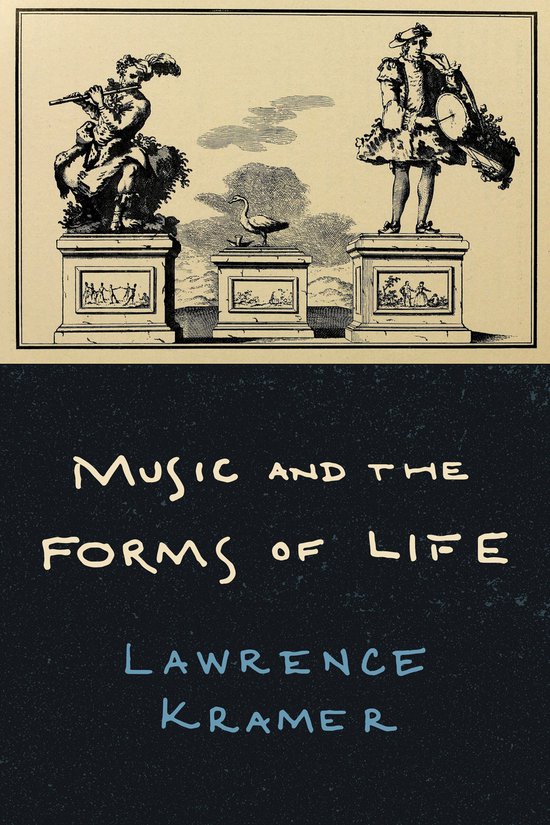
Music and the Forms of Life
"Written by an author who has been at the top of his game for more than three decades—and remains there—Music and the Forms of Life moves deftly between the mechanical, the musical, and the human (or, more precisely, modern conceptions of the human). The intricate machinery of this book makes it more satisfying than anything I have read on this topic. Music's vital spark is a constant presence."—J. P. E. Harper-Scott, author of The Event of Music History
"In a series of fascinating close readings stretching from the eighteenth to the early twentieth century, Lawrence Kramer's book explores how music echoes, stimulates, and simulates the operations of organic life. It invites us to rethink the canonic soundworlds of Haydn, Mozart, and Beethoven in terms of pulsation, drive, nervous excitation, and even excretion. And it asks what happens at the dawn of the twentieth century when organic musical processes—and the forms of selfhood they capture—are revealed as artifice. Along the way, Kramer draws in a vibrant cast of characters, from Vaucanson's musical automata and Hoffmann's Sandman to Poe's incorporeal ghouls and Dreyer's vampire. The result is a richly textured look at music's entanglement with the natural and mechanical sciences that leaves us with a striking suggestion (or is it a challenge?): 'Music is disembodied life continually reembodied in whoever hears it fully.'"—Francesca Brittan, author of Music and Fantasy in the Age of Berlioz
Inventors in the age of the Enlightenment created lifelike androids capable of playing music on real instruments. Music and the Forms of Life examines the link between such simulated life and music, which began in the era's scientific literature and extended into a series of famous musical works by Haydn, Mozart, and Beethoven. Music invented auditory metaphors for the scientific elements of life (drive, pulse, sensibility, irritability, even metabolism), investigated the affinities and antagonisms between life and mechanism, and explored questions of whether and how mechanisms can come to life.
The resulting changes in the conceptions of both life and music had wide cultural resonance at the time, and those concepts continued to evolve long after. A critical part of that evolution was a nineteenth-century shift in focus from moving androids to the projection of life in motion, culminating in the invention of cinema. Weaving together cultural and musical practices, Lawrence Kramer traces these developments through a collection of case studies ranging from classical symphonies to modernist projections of waltzing specters by Mahler and Ravel to a novel linking Bach's Goldberg Variations to the genetic code.
The publisher gratefully acknowledges the generous support of the AMS 75 PAYS Fund of the American Musicological Society, supported in part by the National Endowment for the Humanities and the Andrew W. Mellon Foundation.
| Auteur | | Lawrence Kramer |
| Taal | | Engels |
| Type | | Hardcover |
| Categorie | | Kunst & Fotografie |